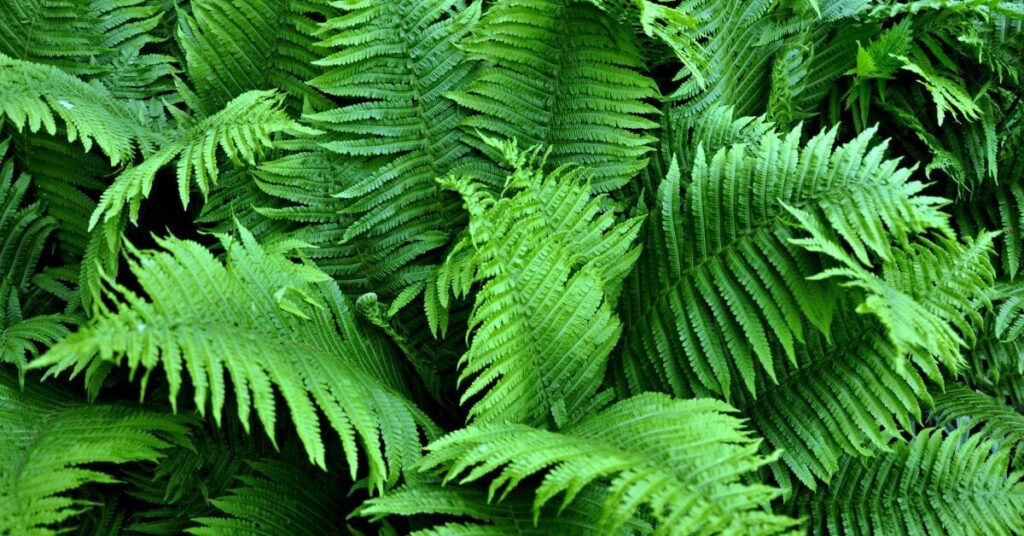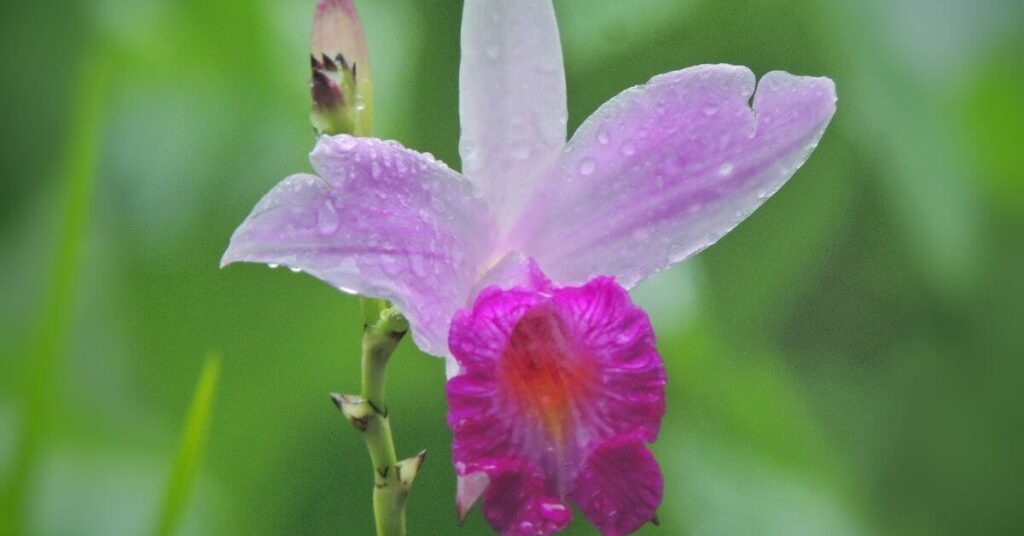Introduction
As we explore the vast world of ornamental plants, we encounter a true green gem: Zamioculca. Also known as the ZZ plant, Zamioculca is a lush plant that captivates admirers with its beauty and resilience. In this article, we will delve into the fascinating characteristics of this plant, from its origins to essential care tips to keep it healthy and vibrant.
Origins and History
Zamioculca, native to tropical Africa, belongs to the Araceae family. Its scientific name, Zamioculcas zamiifolia, denotes its relationship with Zamiaceae and the Zamia palm-like leaves. The plant was discovered in the mid-19th century but gained popularity as an ornamental plant in recent decades.
Characteristics of Zamioculca
- Lush Foliage:
The main attraction of Zamioculca is its lush foliage. The compound leaves, resembling feathers, have a natural sheen that gives the plant a unique elegance. - Compact Growth:
Zamioculca is known for its compact growth, making it a perfect choice for limited spaces or for those looking for a plant that doesn’t require much pruning. - Shade Tolerance:
One of Zamioculca’s great advantages is its ability to thrive in low light conditions. This makes it ideal for indoor environments where natural light may be scarce. - Resilience:
This plant’s resilience is remarkable. Zamioculca is known to survive in less-than-ideal conditions, such as periods of drought and neglect, making it an excellent choice for beginners or those with a busy schedule.
Basic Care
- Lighting:
While resistant to shade, Zamioculca thrives best in locations with moderate indirect light. Avoid direct sun exposure, as it can damage the leaves. - Moderate Watering:
Zamioculca prefers slightly moist soil, but it’s essential to avoid overwatering, as excess water can lead to root rot. Allow the soil to dry between waterings. - Well-Draining Soil:
Use well-draining soil to prevent water accumulation around the roots. Adding perlite or sand to the soil can improve drainage. - Appropriate Temperature:
Zamioculca is adaptable to a wide temperature range, but its growth is optimal in environments with temperatures between 18°C and 26°C. - Fertilization:
Fertilization is necessary during spring and summer. Use a balanced fertilizer and follow label instructions to avoid overfeeding.
Zamioculca Propagation
Zamioculca can be propagated through leaves or rhizome division. Here are basic steps for each method:
- Leaf Propagation:
- Choose a healthy leaf and cut it into segments of about 10 cm.
- Let the sections dry for a few hours to form a film on the cut end.
- Plant the sections in the soil, with the cut end buried.
- Water moderately and keep the soil slightly moist until the cuttings develop roots.
- Rhizome Division:
- Carefully remove the plant from the pot.
- Divide the rhizomes into sections, ensuring each section has roots and leaves.
- Plant the divided sections in separate pots.
- Water gently and provide usual care.
Common Problems and Solutions
- Yellowing Leaves:
- May indicate overwatering. Reduce the watering frequency and let the soil dry between waterings.
- Changes in Leaf Color:
- Excessive sun exposure can cause leaf burns. Move the plant to an area with indirect light.
- Pests:
- Zamioculca is generally pest-resistant, but the presence of scale insects or mites may occur. Treat with insecticidal soap or neem oil.
Conclusion
Zamioculca, with its enduring beauty and easy care, is a notable addition to any space. Its adaptability to diverse conditions and resistance to neglect make it a popular choice for plant enthusiasts, from beginners to experienced gardeners. By investing time and care in this plant, you’ll be rewarded with a stunning and vibrant centerpiece in your home or office. Let Zamioculca enchant your spaces with its green elegance and enjoy the aesthetic and therapeutic benefits that this unique plant has to offer.






